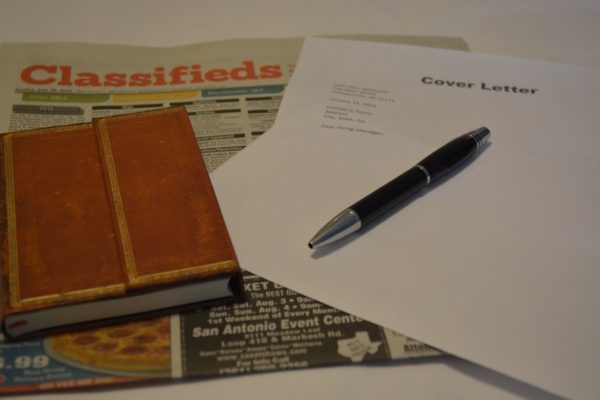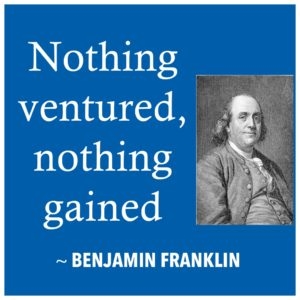— July 24, 2018

trudi1 / Pixabay
A major concern for many job seekers is blending in with the competition. You want to make your resume stand out and catch a hiring manager’s attention, but how can you do this effectively without coming across as gimmicky or unprofessional? The media occasionally picks up stories of candidates who wrote songs, made videos, sent donuts, or crafted their resume in the form of product packaging all to get a shot at a job opening. And while these tactics sometimes work, many people are better off sticking with a more traditional resume.
But then this brings us back to the question of how your resume should be styled to help you stand out.
Colors. A subtle hit of color can add a punch to your resume, but don’t overdo it. You don’t want it to look a rainbow or come off as tacky. Plus, applicant tracking systems often strip away any color when they scan your resume because they just focus on the content. So unless you’re handing your resume off to someone in person, you may want to skip the color coordination.
Graphics. Once again, unless you know your resume is being reviewed by human eyes, you’re probably better off not wasting your time coming up with cute graphics that show your competencies in different areas. And as far as logos for businesses or brands? Avoid them. Many ATS platforms don’t read graphics, and logos really don’t add anything to the value of your resume.
Fonts. This is one area where you can be a little more original. Bypass the standard Times New Roman and go for something a little different like Cambria, Georgia, or Helvetica. Skip anything with curly cues, cursive writing, or that may be otherwise difficult to read or appear unprofessional.
Bullet points. You don’t have to use the standard round bullet point. You could go with a square, arrow, or diamond so long as it doesn’t look awkward or overwhelming with the format you’ve chosen. Remember that you want to focus on clear, concise bullet points, so employers shouldn’t be looking at a list of 15 points in a row.
Dividers. Another way to set your resume apart and make it easier to read is by creating section dividers. Use a double line, a border above and below, or a slightly different font or font size to break things up and draw attention to each portion of your resume.
Use creativity with caution and common sense. If you’re applying for a job in banking or law, you’re probably better off going with a more traditional format. However, if you’re in marketing or design, there is often a little more wiggle room for putting your own touch on things. Plus, you can always include a link to your online portfolio where you can better showcase your creativity and projects you have worked on.
Business & Finance Articles on Business 2 Community
(54)
Report Post



